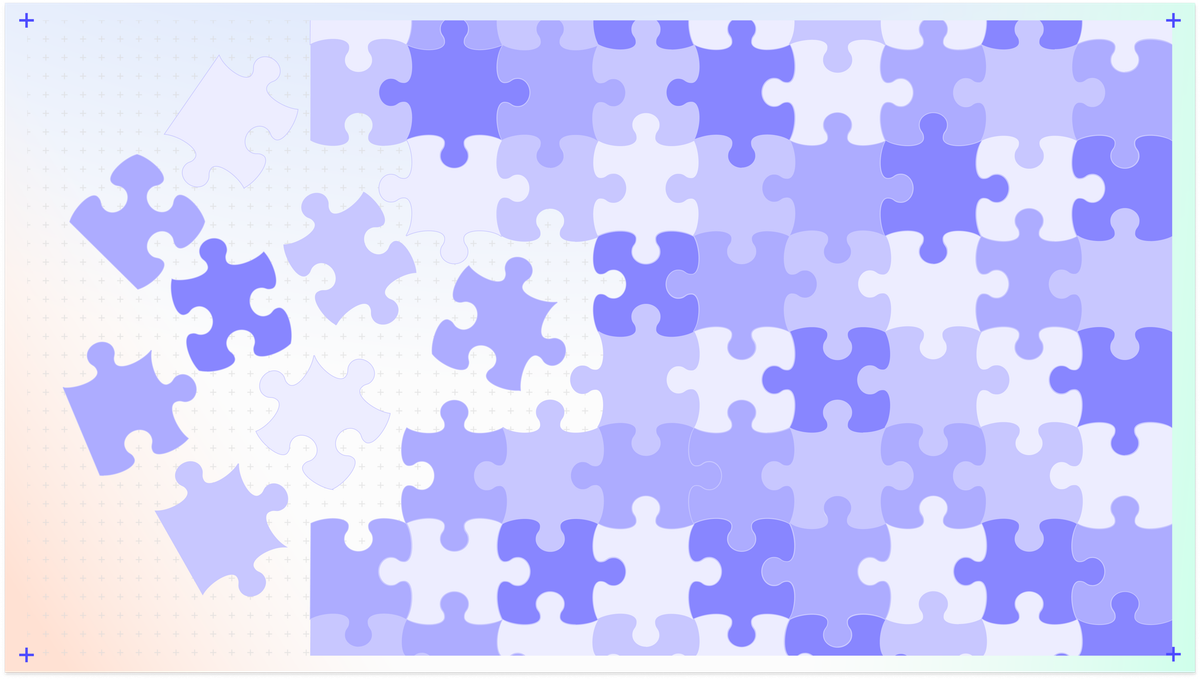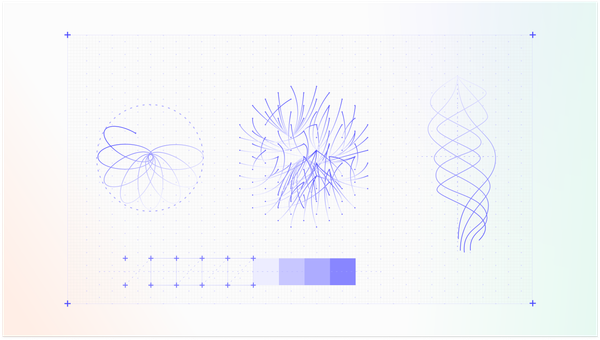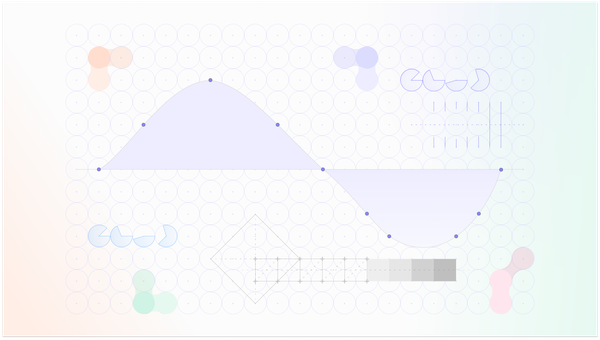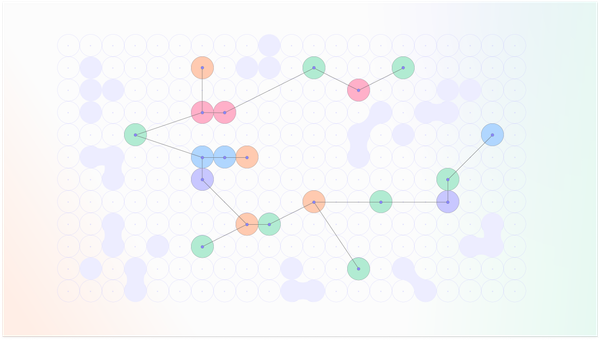In our previous articles in the series, we explored the hidden costs of fragmented research and outlined a blueprint for creating more cohesive workflows. We looked at how disjointed tools and processes slow projects, compromise data quality, and leave teams struggling to connect the dots.
Now, we turn to the next step in the series: alignment. How can research teams bring together people, processes, and data to create a connected ecosystem that delivers clarity, confidence, and actionable insights?
The Challenge: A Puzzle Without the Picture
In today’s research environment, teams are working across more tools, data sources, and partners than ever before. The result often feels like assembling a 1,000-piece puzzle without ever seeing the image on the box.
Each team, platform, and dataset holds valuable information-but without a unified framework, no one can see how it all fits together. Alignment is what turns scattered activity into coherent insight. A complete framework brings every piece into focus, aligning contributors around a shared picture of truth-faster, more reliable, and more actionable than before.
The Problem: A Table Scattered with Pieces
Enterprise research teams aren’t just fighting inefficiency; they’re up against structural barriers that keep their puzzle perpetually unsolved.
- Under-Resourced, In-the-Moment Needs: Teams must deliver fast, high-impact insights but often lack quick access to the tools or data they need. Their “missing pieces” are buried under layers of procurement cycles and locked platforms.
- Isolated, Expensive Commitments: Annual tool subscriptions force teams into closed ecosystems. Even after paying for access, they still juggle multiple disconnected tools for recruiting, analysis, and reporting-creating duplication, data loss, and limited visibility.
- The AI Tipping Point: Generative AI has accelerated this scattering, introducing new tools and risks faster than governance can catch up. Without alignment, teams risk basing strategic decisions on unverified or compliance-risky data sources.
The Barrier: Fragmented Collaboration
Perhaps the largest unsolved piece is collaboration itself.
Teams across departments, vendors, and partners often operate in isolation, each holding a few critical puzzle pieces but lacking a shared view of the whole. Insights are delayed not because of effort, but because of disconnection. When every piece is managed separately, the picture never quite comes together.
The Solution: The Power of the Complete View
A unified framework-the box lid-transforms research from tactical chaos into strategic clarity.
When every tool, data source, and contributor connects within a cohesive system, the entire picture comes into focus. This complete view enables:
- Guaranteed Data Integrity: Every piece adheres to verifiable, standardized protocols-ensuring AI-enabled workflows remain transparent and trustworthy.
- Instant Access to Resources: Teams gain immediate access to the right tools, data, and expertise at the moment of need - without layers of administrative delay.
- Freedom from Tool Juggling: Core research functions - recruiting, analysis, reporting - exist within a single, interoperable ecosystem.
Seeing the Whole Picture
By aligning your teams under one framework, research evolves from a scattered puzzle into a complete, living picture - one that reveals not just what customers do, but why.
With every piece connected, organizations move from fragmented reactions to confident, unified decisions.
Next in the Series: From Alignment to Integration
Even with alignment in place, many enterprise teams still face another challenge-data movement.
Research shows that most teams operate across five or more platforms, spending significant time transferring data and coordinating stakeholders. These inefficiencies don’t just slow projects - they compromise the integrity and quality of insights.
In the next article of our Connected Research Ecosystem series, we’ll explore how data-led integration can redefine how organizations approach research, driving accuracy, efficiency, and trust across every stage of the workflow.







Member discussion